Home>Kitchen & Cooking>Kitchen Gadgets & Utensils>What Does Low-Density Trash Bags Mean
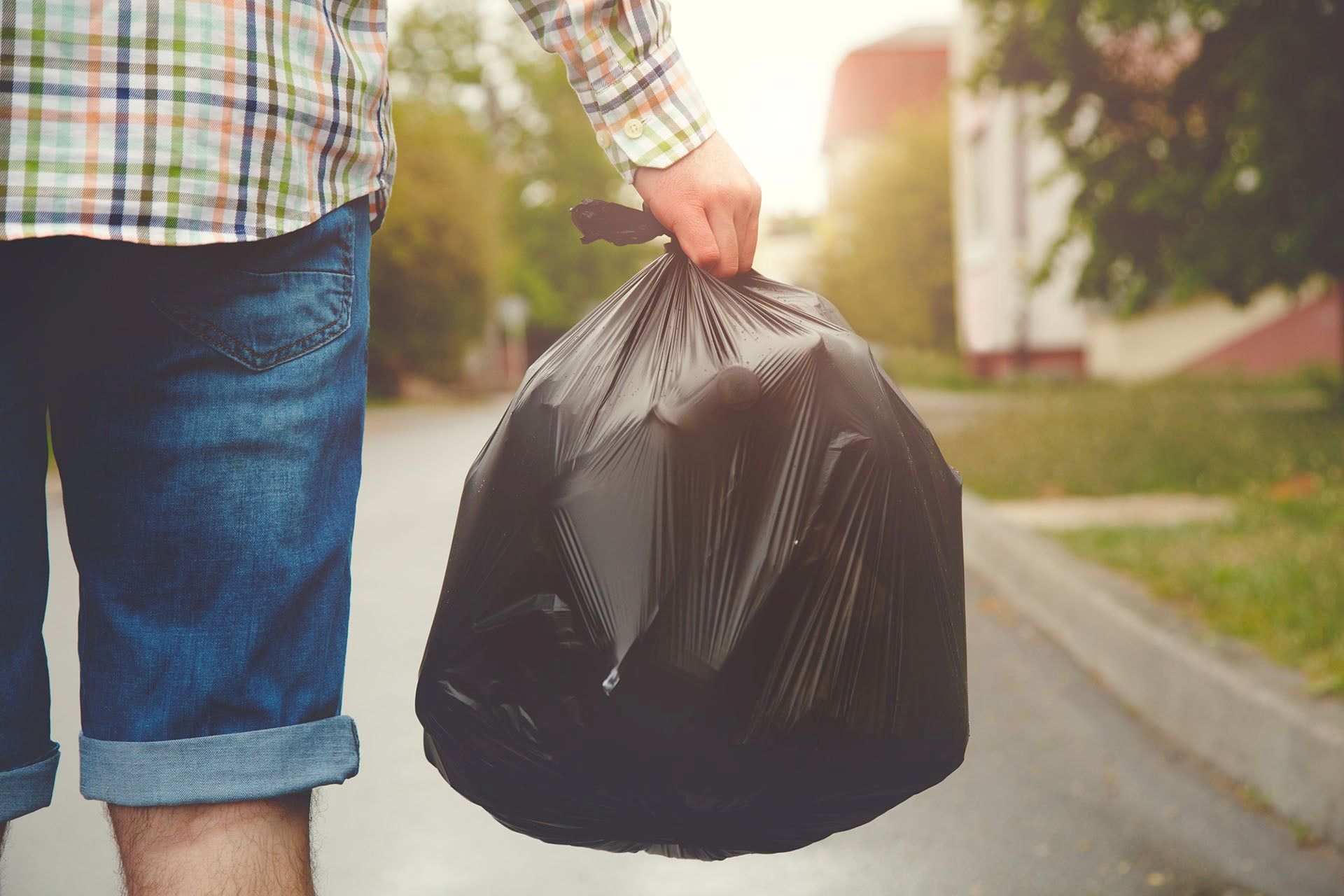

Kitchen Gadgets & Utensils
What Does Low-Density Trash Bags Mean
Published: February 14, 2024
Discover the significance of low-density trash bags and their impact on kitchen cleanliness. Explore the best kitchen gadgets and utensils for efficient waste management.
(Many of the links in this article redirect to a specific reviewed product. Your purchase of these products through affiliate links helps to generate commission for Storables.com, at no extra cost. Learn more)
Introduction
Low-density trash bags are an essential component of waste management, offering a reliable solution for containing and disposing of various types of refuse. These specialized bags are designed to withstand heavy loads and sharp objects, making them a popular choice for both residential and commercial use. Understanding the characteristics, advantages, and potential drawbacks of low-density trash bags is crucial for making informed decisions about waste disposal needs.
In the following sections, we will delve into the intricacies of low-density trash bags, exploring their definition, benefits, limitations, and common applications. By gaining a comprehensive understanding of these versatile products, individuals and businesses can optimize their waste management practices and contribute to a cleaner, more sustainable environment.
Key Takeaways:
- Low-density trash bags are super strong and flexible, perfect for handling all kinds of waste without tearing. They look professional and keep things tidy, but they can be a bit pricey.
- These bags are used everywhere, from homes to hospitals to construction sites. They help keep our environment clean, but we need to be careful about how we dispose of them to protect nature.
Read more: What Is Low-Density Residential Zoning
Definition of Low-Density Trash Bags
Low-density trash bags, also known as LDPE (Low-Density Polyethylene) bags, are a type of plastic bag specifically engineered for the containment and disposal of various types of waste. These bags are constructed using low-density polyethylene, a thermoplastic polymer known for its durability and flexibility. The low-density composition of these bags provides several distinct characteristics that set them apart from other types of trash bags.
One defining feature of low-density trash bags is their relatively thicker and more robust construction compared to high-density alternatives. This attribute enables them to withstand heavy loads and resist punctures, making them well-suited for handling sharp or irregularly shaped objects without tearing or rupturing. Additionally, the flexibility of low-density polyethylene allows these bags to stretch without compromising their structural integrity, accommodating bulky or voluminous waste items with ease.
Furthermore, low-density trash bags are often distinguishable by their relatively smooth and soft texture, which enhances their overall strength and tear resistance. This quality is particularly advantageous when dealing with heavy or abrasive waste materials, as it minimizes the risk of accidental spills or leaks during handling and transportation.
In terms of appearance, low-density trash bags typically exhibit a glossy or semi-translucent surface, offering a visually appealing and professional presentation. This aesthetic quality is particularly valued in commercial and industrial settings, where waste management practices reflect on the overall image and cleanliness of the environment.
The manufacturing process of low-density trash bags involves the extrusion of low-density polyethylene resin into thin, flexible sheets, which are subsequently cut and sealed to form individual bags. This production method allows for precise customization of bag dimensions, thickness, and features, catering to diverse waste management requirements across residential, commercial, and industrial sectors.
In summary, low-density trash bags are characterized by their durable, flexible, and tear-resistant properties, making them a reliable choice for containing and disposing of various types of waste. Their distinctive composition and construction set them apart as a versatile and practical solution for effective waste management in a wide range of settings.
Advantages of Low-Density Trash Bags
Low-density trash bags offer a multitude of advantages that make them a preferred choice for waste containment and disposal. Understanding these benefits is essential for individuals and businesses seeking reliable and efficient waste management solutions.
-
Exceptional Strength and Durability: One of the primary advantages of low-density trash bags is their remarkable strength and durability. The low-density polyethylene composition provides superior resistance to punctures and tears, allowing these bags to withstand heavy loads and sharp objects without compromising their integrity. This exceptional durability makes low-density trash bags well-suited for handling a wide range of waste materials, including bulky or abrasive items that may pose a challenge for standard plastic bags.
-
Flexibility and Stretchability: Low-density trash bags exhibit a high degree of flexibility and stretchability, enabling them to accommodate various shapes and sizes of waste items. This inherent flexibility allows the bags to expand without tearing, making them ideal for containing large or irregularly shaped objects. Whether used for household waste, commercial refuse, or industrial debris, the ability of low-density trash bags to conform to the contours of the waste stream enhances their practicality and versatility.
-
Leak and Tear Resistance: The soft and smooth texture of low-density trash bags contributes to their exceptional leak and tear resistance. This quality is particularly advantageous when dealing with wet or sharp waste materials, as it minimizes the risk of leaks and spills during handling and transportation. The ability of these bags to maintain their structural integrity under challenging conditions enhances the overall safety and cleanliness of waste management processes.
-
Professional Presentation: Low-density trash bags are often favored for their visually appealing and professional presentation. The glossy or semi-translucent surface of these bags lends a polished and clean appearance, making them an ideal choice for commercial and industrial settings. The ability to maintain a tidy and organized waste disposal system reflects positively on the overall image and hygiene standards of the environment.
-
Customizable Options: Manufacturers offer a wide range of customizable options for low-density trash bags, including varying dimensions, thickness levels, and additional features such as drawstrings or odor-control properties. This customization allows businesses and individuals to select bags that align with their specific waste management needs, ensuring optimal functionality and convenience.
In summary, the advantages of low-density trash bags encompass exceptional strength, flexibility, leak resistance, professional presentation, and customizable options. These attributes collectively position low-density trash bags as a practical and reliable choice for effectively managing waste in diverse residential, commercial, and industrial environments.
Disadvantages of Low-Density Trash Bags
While low-density trash bags offer a range of benefits, it is important to acknowledge their potential limitations in certain contexts. Understanding the disadvantages of these bags is crucial for making informed decisions regarding waste management practices.
-
Cost Considerations: One notable disadvantage of low-density trash bags is their relatively higher cost compared to standard high-density alternatives. The enhanced strength and durability of low-density bags contribute to their higher production expenses, which may translate to increased procurement costs for businesses and individuals with extensive waste management needs. This cost factor can pose a challenge for budget-conscious consumers seeking economical waste containment solutions.
-
Environmental Impact: Despite their practical utility, low-density trash bags are often criticized for their environmental impact. As plastic-based products, these bags contribute to the broader issue of plastic waste accumulation and environmental pollution. Improper disposal or inadequate recycling of low-density trash bags can exacerbate ecological concerns, particularly in terms of plastic waste management and its long-term effects on ecosystems and wildlife.
-
Storage Space: The relatively thicker and more robust construction of low-density trash bags, while advantageous for containing heavy or sharp waste materials, can also present a drawback in terms of storage space. The bulkier nature of these bags may require additional storage capacity, especially in scenarios where large quantities of bags are needed for ongoing waste management operations. This can pose logistical challenges for businesses and individuals with limited storage facilities.
-
Weight and Transportation: Another potential disadvantage of low-density trash bags is their increased weight compared to standard plastic bags. While the enhanced strength of low-density bags allows them to accommodate heavier loads, this also means that the bags themselves contribute to the overall weight of waste during transportation and disposal. This factor can impact logistical considerations, especially in scenarios where weight restrictions or handling limitations apply.
-
Limited Biodegradability: Low-density polyethylene, the primary material used in these bags, is known for its limited biodegradability. This characteristic raises concerns about the long-term environmental impact of low-density trash bags, particularly when they end up in landfills or natural environments. The slow degradation of low-density polyethylene can contribute to the persistence of plastic waste in the environment, highlighting the need for responsible disposal and recycling practices.
In summary, the disadvantages of low-density trash bags encompass cost considerations, environmental impact, storage space requirements, weight implications, and limited biodegradability. While these drawbacks warrant careful consideration, they can be mitigated through responsible usage, recycling initiatives, and informed waste management strategies.
Common Uses of Low-Density Trash Bags
Low-density trash bags are widely utilized across diverse settings due to their exceptional strength, flexibility, and reliability in containing and disposing of various types of waste. The versatility of these bags makes them indispensable for a multitude of applications, catering to the unique waste management needs of residential, commercial, and industrial environments.
Read more: What Does Tank Low Mean On Washer
Residential Applications
In residential settings, low-density trash bags serve as a fundamental component of daily waste management. Their robust construction and tear-resistant properties make them ideal for containing household refuse, including kitchen waste, packaging materials, and general debris. The flexibility of low-density bags allows them to accommodate a wide range of waste items, from sharp-edged packaging to bulky, irregularly shaped objects. Additionally, the leak-resistant nature of these bags makes them suitable for disposing of wet or damp waste materials, ensuring a clean and hygienic waste disposal process within homes.
Commercial and Retail Environments
Within commercial and retail establishments, low-density trash bags play a pivotal role in maintaining cleanliness and organization. These bags are commonly used for the disposal of packaging materials, food waste, and general refuse generated in commercial spaces, such as restaurants, grocery stores, and office buildings. The exceptional strength of low-density bags enables them to handle heavier loads and sharp objects, making them well-suited for the diverse waste streams encountered in commercial settings. Moreover, the professional presentation of these bags contributes to a tidy and orderly waste management system, aligning with the cleanliness standards expected in public-facing environments.
Industrial and Construction Sites
In industrial and construction environments, the durability and resilience of low-density trash bags are particularly valued for managing heavy-duty waste materials. These bags are utilized for containing construction debris, industrial by-products, and bulky waste items, providing a reliable solution for the disposal of materials such as metal scraps, sharp-edged components, and heavy machinery parts. The ability of low-density bags to withstand rigorous handling and transportation makes them indispensable for maintaining cleanliness and safety in industrial workspaces, contributing to efficient waste management practices within these dynamic settings.
Specialized Waste Management
Beyond conventional applications, low-density trash bags are also employed for specialized waste management needs. This includes the disposal of medical waste in healthcare facilities, the containment of hazardous materials in laboratory settings, and the handling of recyclable materials in waste sorting facilities. The versatility and adaptability of low-density bags make them suitable for a wide spectrum of waste streams, demonstrating their value in addressing diverse waste management challenges across specialized industries and sectors.
In summary, the common uses of low-density trash bags encompass residential waste disposal, commercial and retail applications, industrial and construction settings, and specialized waste management requirements. The inherent strength, flexibility, and reliability of these bags position them as a practical and versatile solution for effectively managing waste across a broad spectrum of environments and waste streams.
Low-density trash bags are thicker and more puncture-resistant than high-density bags, making them ideal for heavy or sharp trash. Look for bags labeled as “low-density” for better durability.
Read more: What Does “Low Pile Carpet” Mean
Conclusion
In conclusion, low-density trash bags represent a valuable and versatile solution for effective waste management across diverse residential, commercial, and industrial settings. Their exceptional strength, flexibility, and reliability make them indispensable for containing and disposing of various types of waste, ranging from household refuse to heavy-duty industrial debris. The distinct advantages of low-density trash bags, including their exceptional durability, leak resistance, and professional presentation, position them as a practical choice for maintaining cleanliness, organization, and safety within waste management processes.
While acknowledging the potential disadvantages of low-density trash bags, such as cost considerations and environmental impact, it is essential to approach their usage with a balanced perspective. Responsible disposal practices, recycling initiatives, and informed waste management strategies can mitigate these drawbacks, ensuring that the benefits of low-density trash bags are maximized while minimizing their environmental footprint.
The common uses of low-density trash bags underscore their adaptability and reliability in addressing a wide spectrum of waste management needs. From residential waste disposal to specialized applications in healthcare, laboratories, and waste sorting facilities, low-density trash bags demonstrate their versatility in accommodating diverse waste streams and contributing to a cleaner, more sustainable environment.
By understanding the defining characteristics, advantages, limitations, and common applications of low-density trash bags, individuals and businesses can make informed decisions regarding their waste containment and disposal needs. The durability, flexibility, and reliability of low-density trash bags position them as a practical and dependable choice for optimizing waste management practices, contributing to a cleaner, more organized, and safer waste disposal process.
In essence, low-density trash bags serve as a fundamental tool in the broader framework of waste management, offering a reliable and efficient means of containing and disposing of waste materials. Their role in promoting cleanliness, safety, and environmental responsibility underscores their significance in fostering sustainable waste management practices and contributing to a healthier, more sustainable future.
Frequently Asked Questions about What Does Low-Density Trash Bags Mean
Was this page helpful?
At Storables.com, we guarantee accurate and reliable information. Our content, validated by Expert Board Contributors, is crafted following stringent Editorial Policies. We're committed to providing you with well-researched, expert-backed insights for all your informational needs.


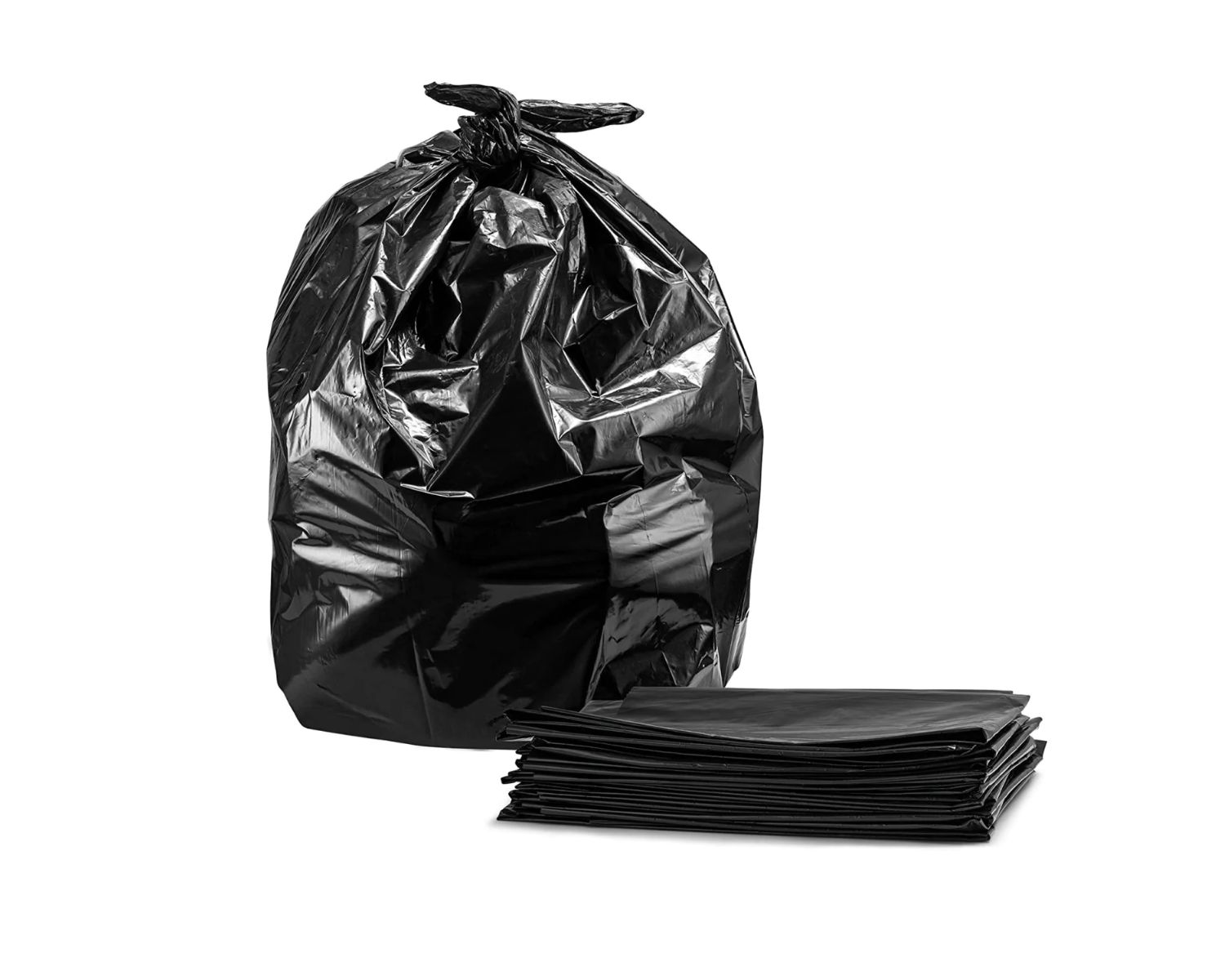
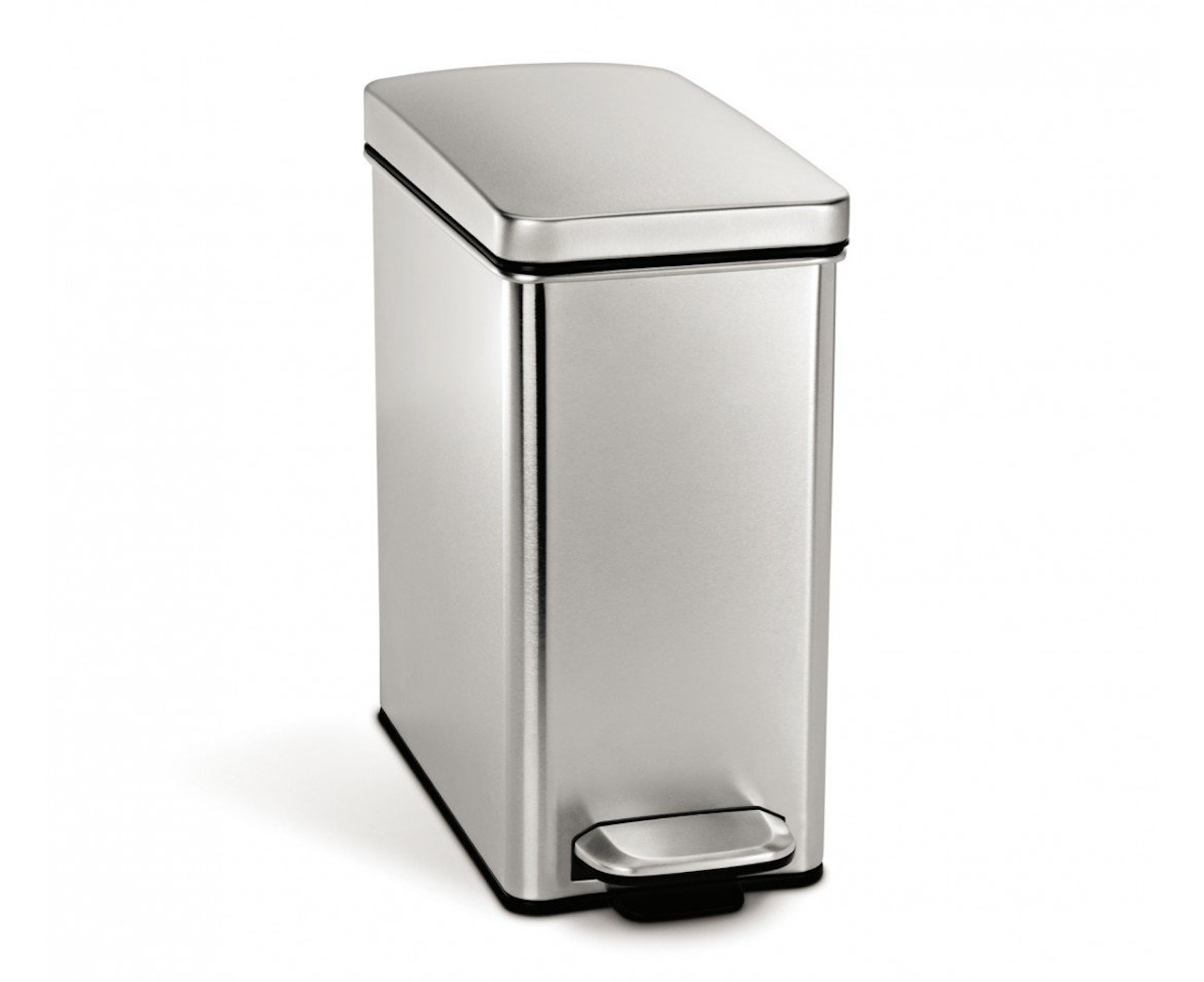
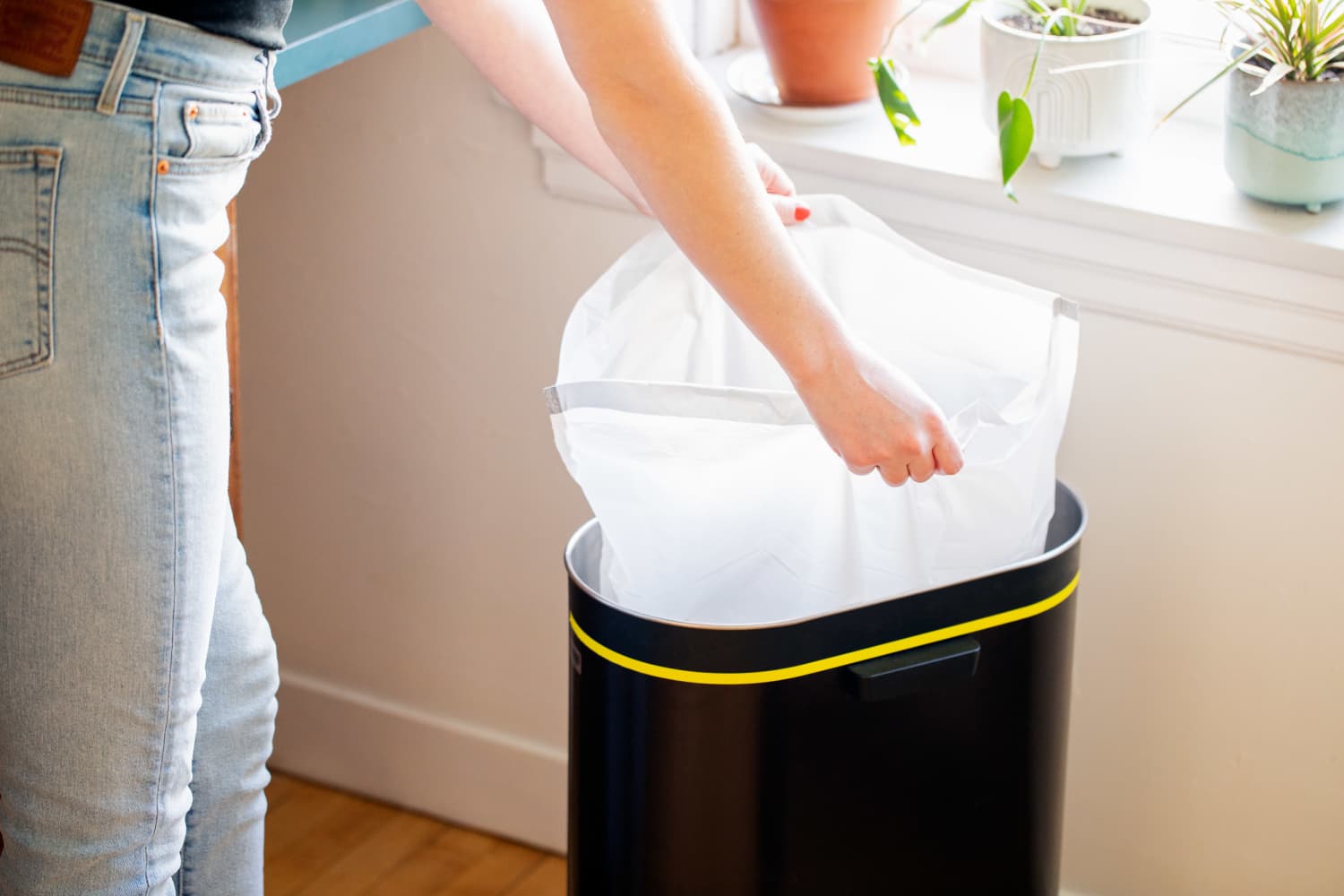
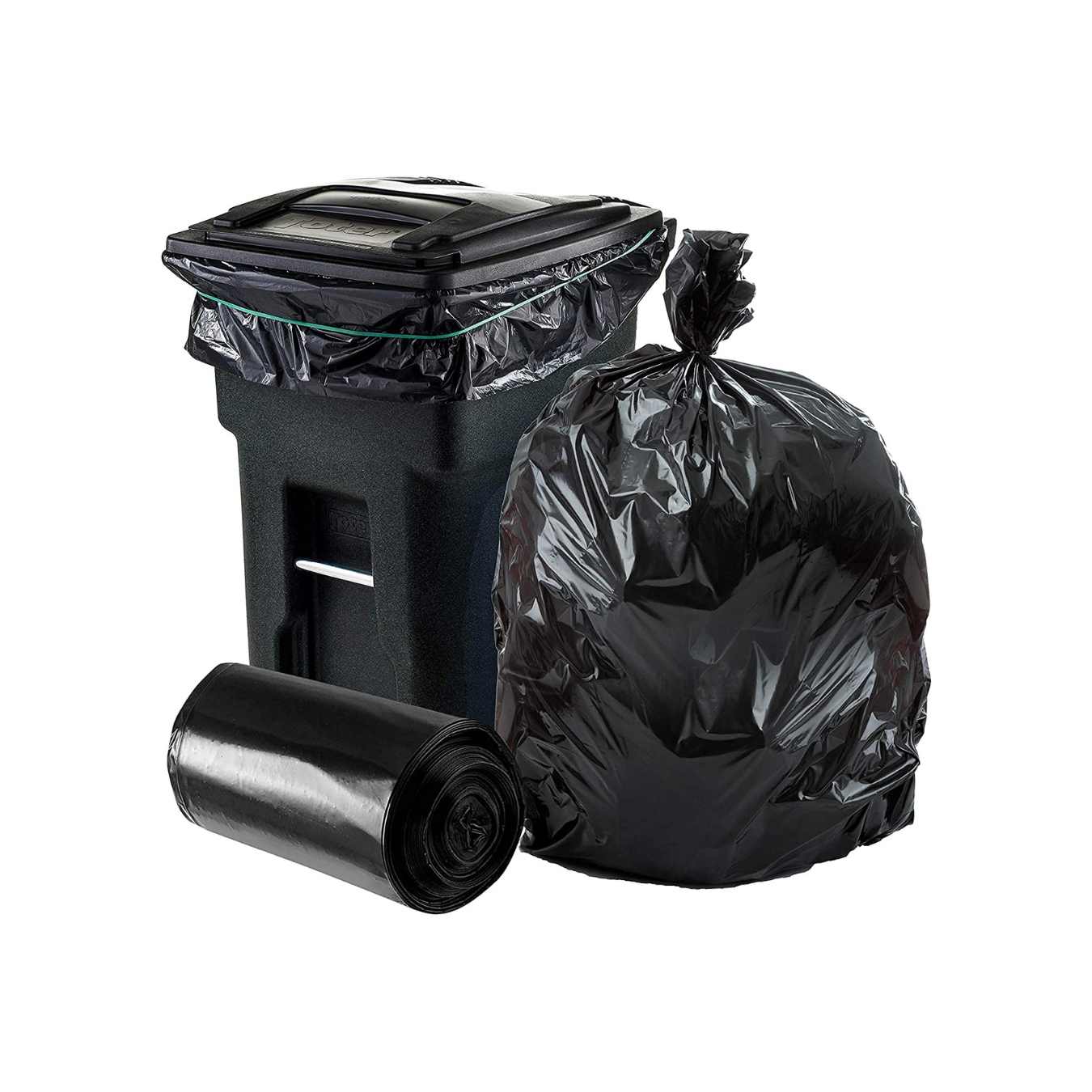
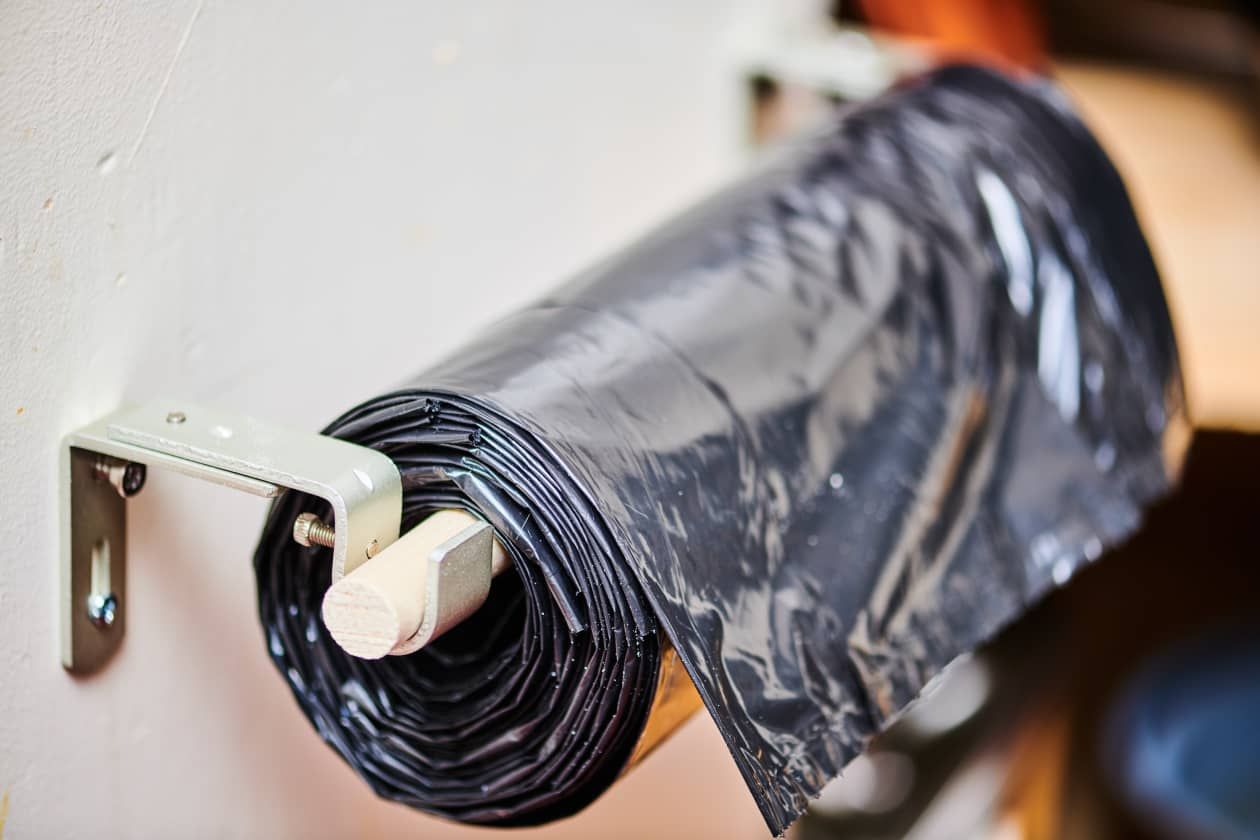
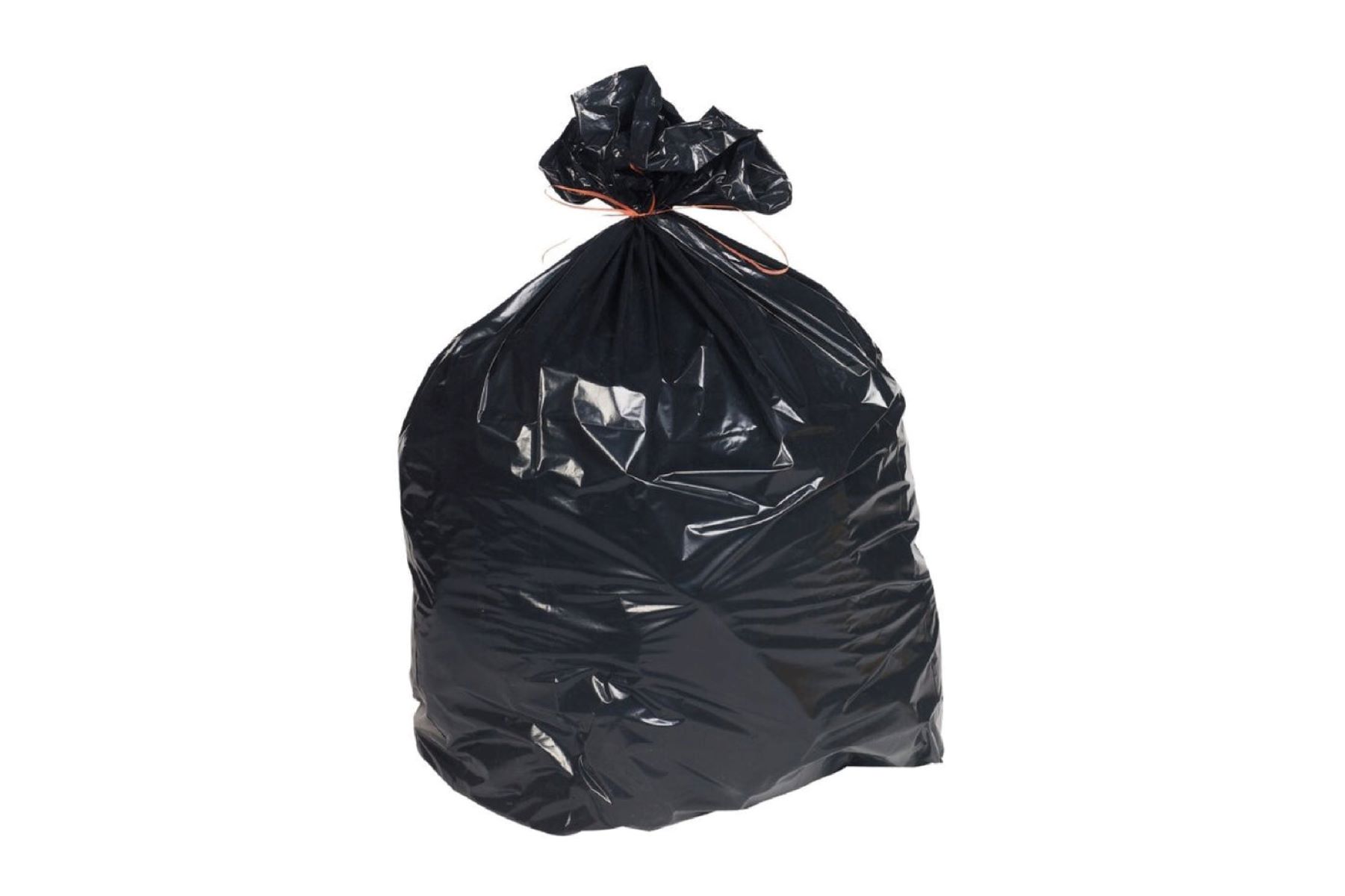
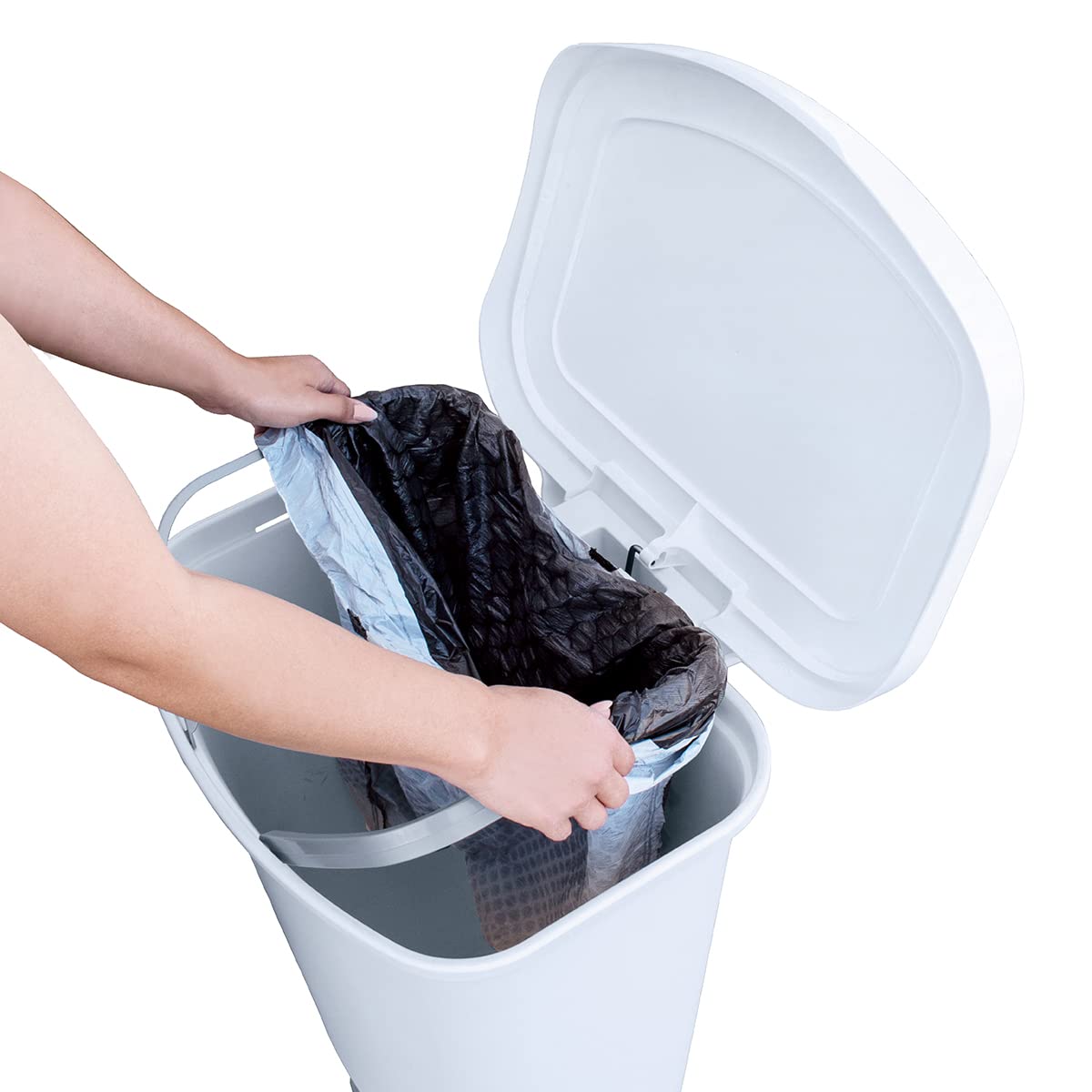


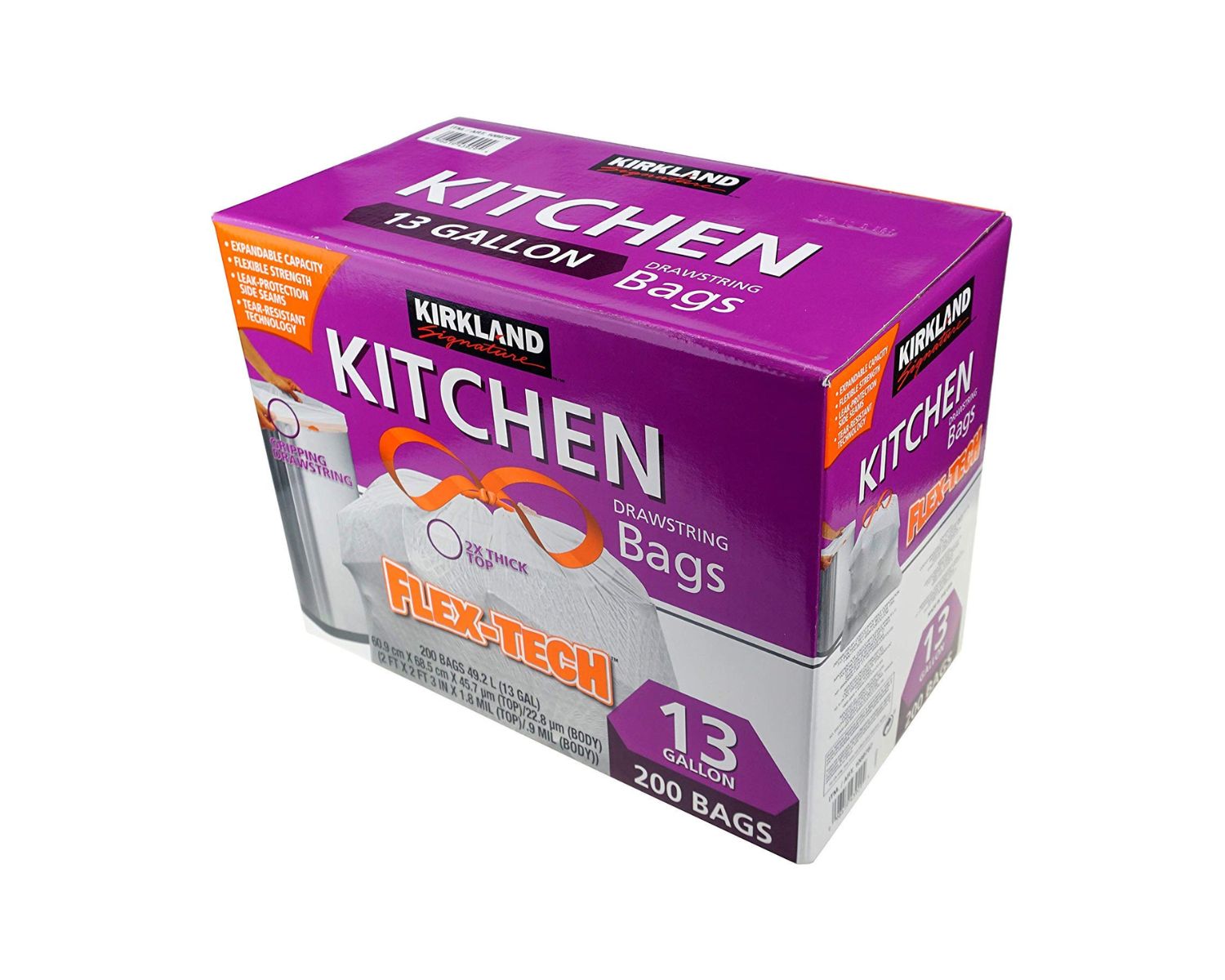
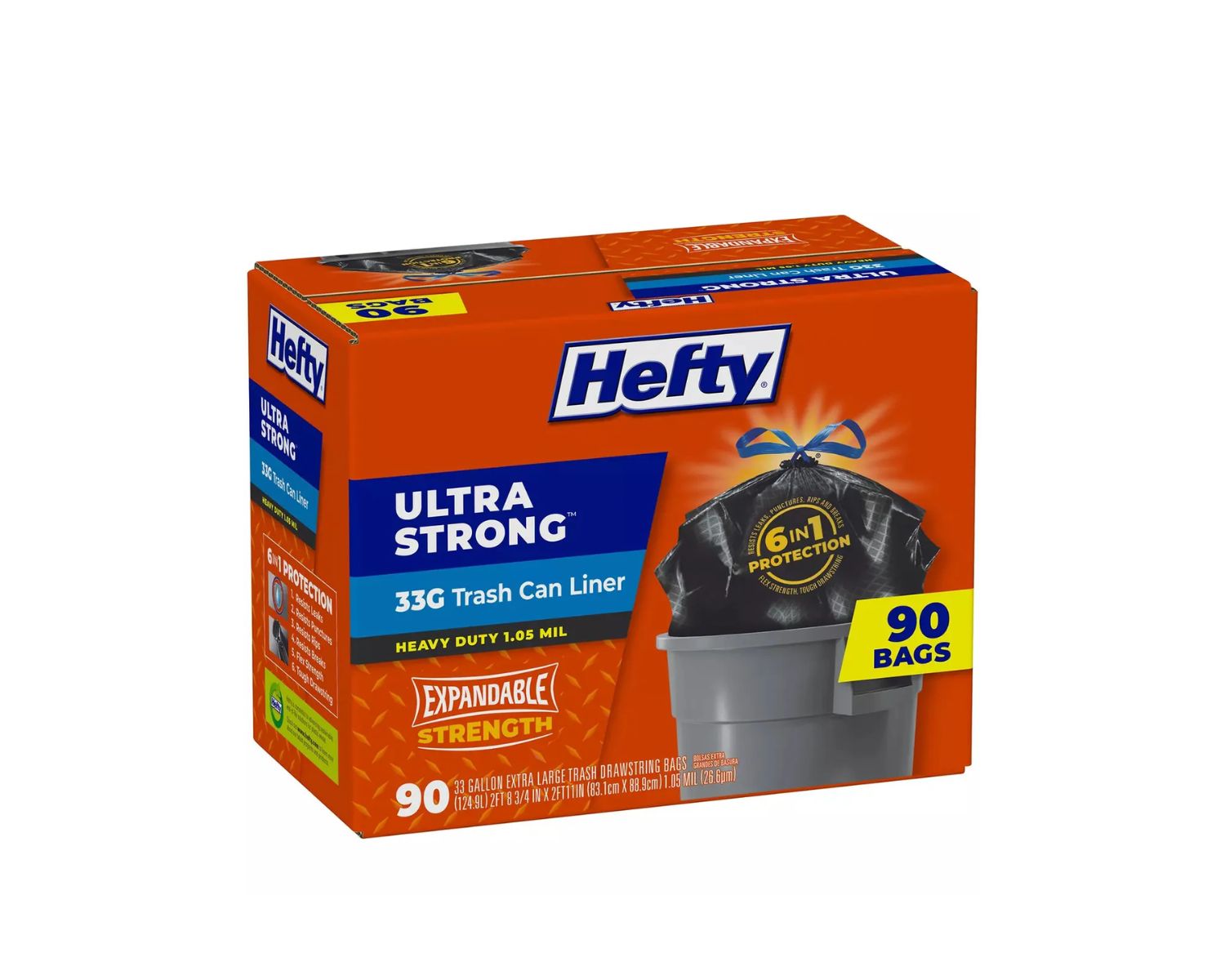

0 thoughts on “What Does Low-Density Trash Bags Mean”